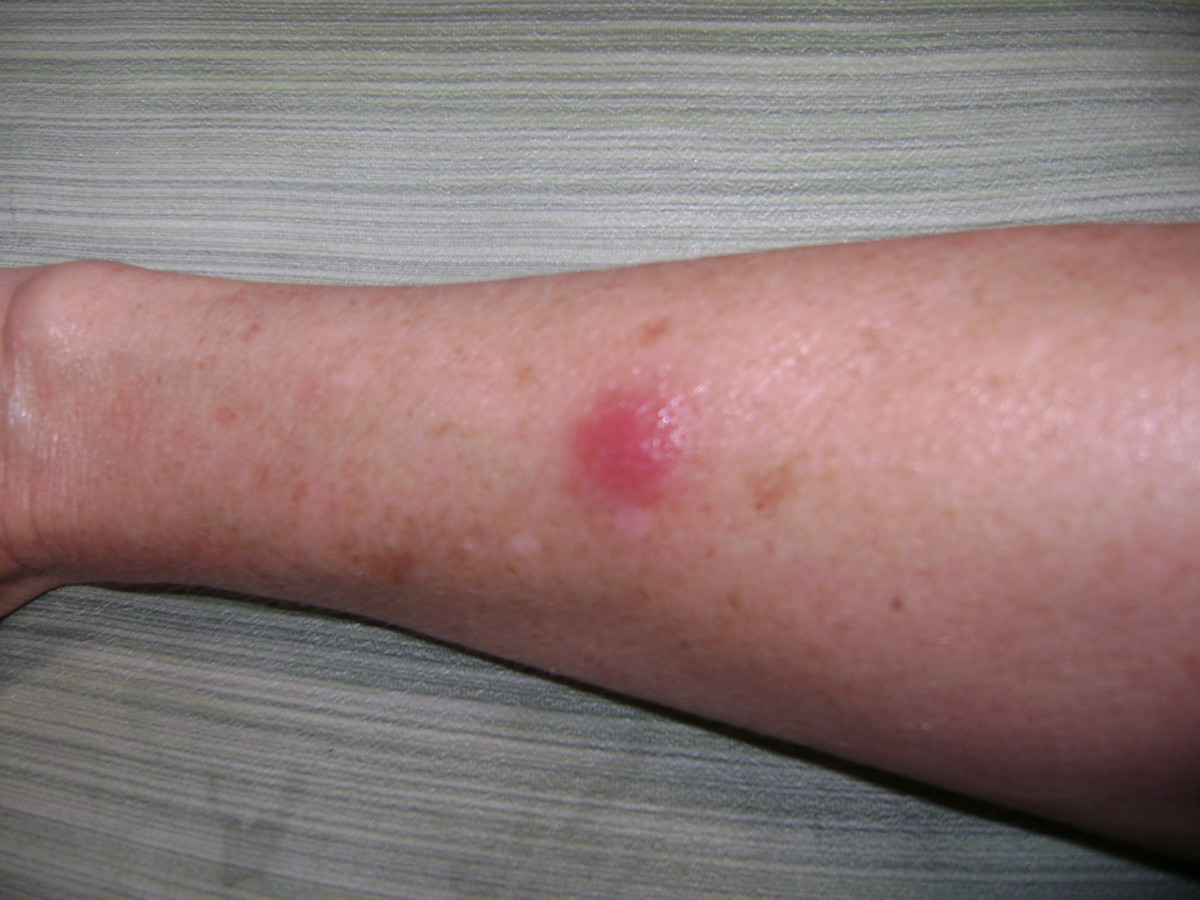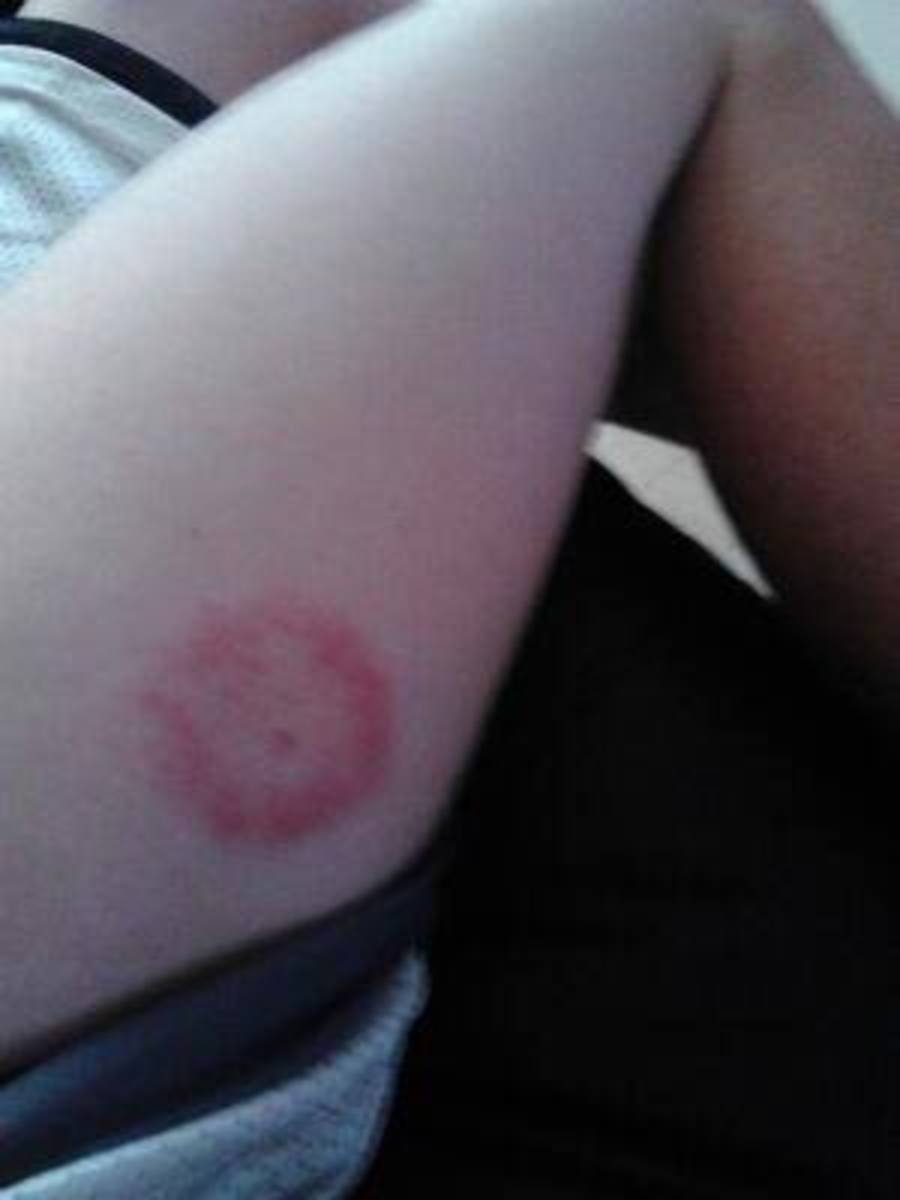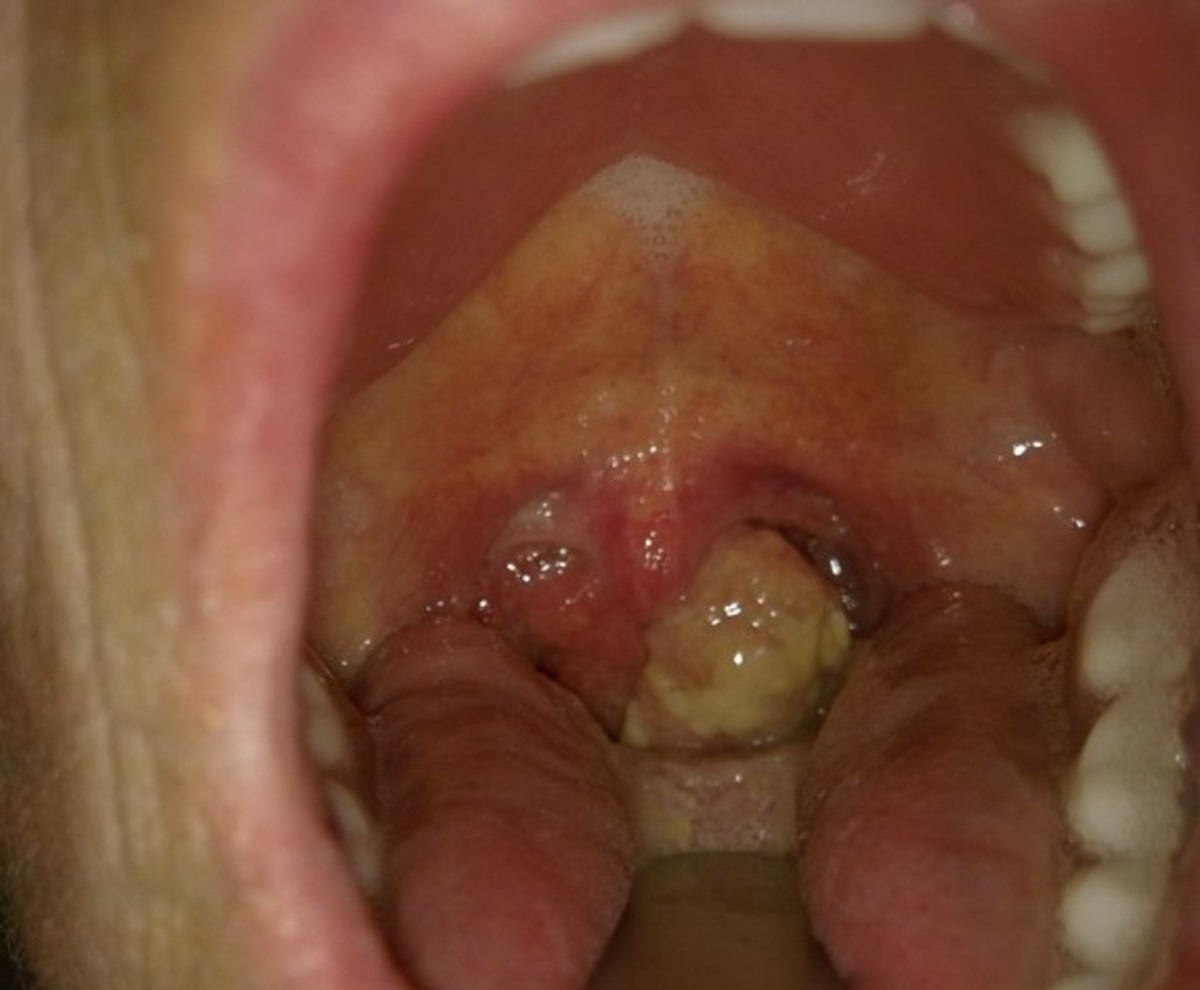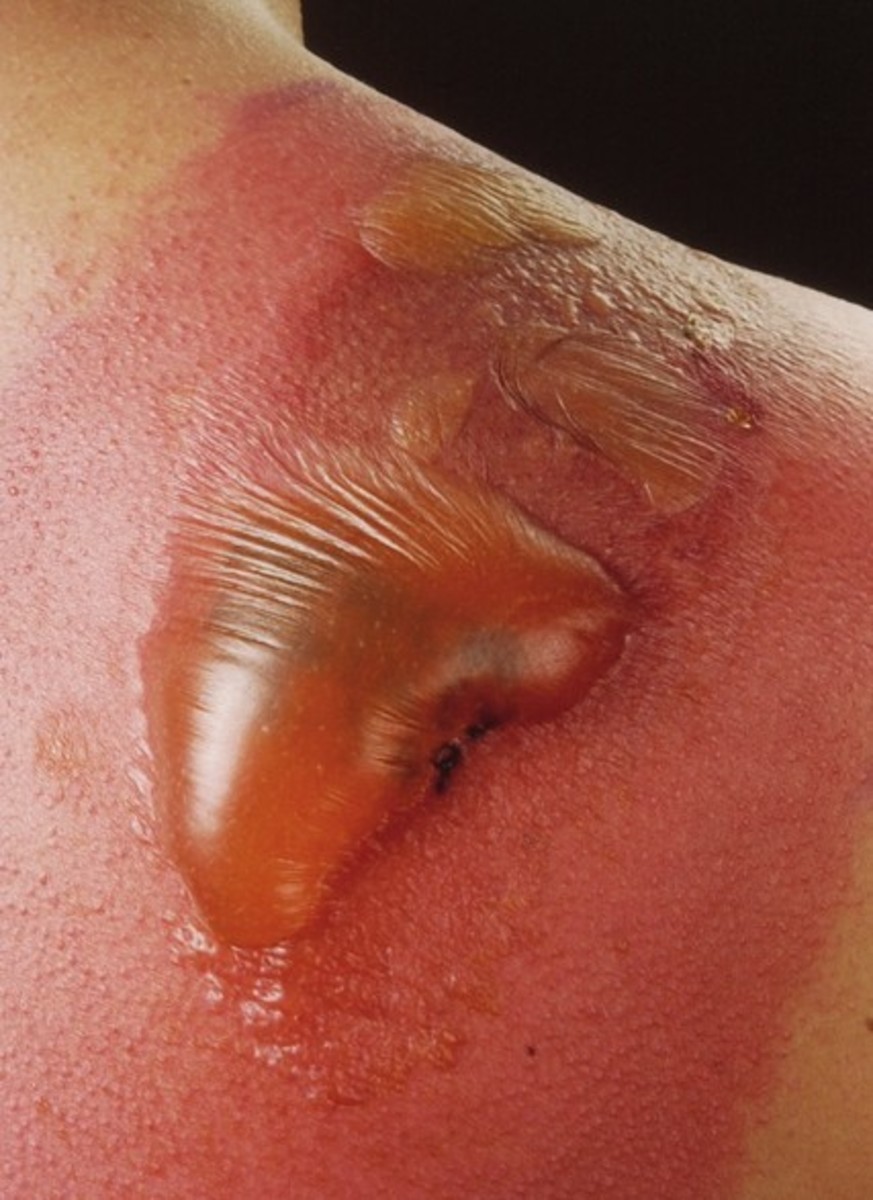Lyme Disease in Humans
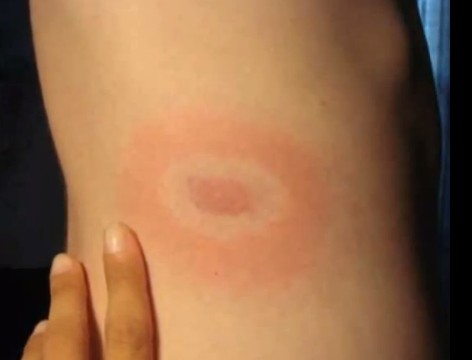
Lyme disease is a tick-borne disease caused due to infection by the Borrelia burgdorferi bacterium. It is the most common tick bite-resultant illness in Europe and North America. The bacteria are harbored by deer ticks, and spread during the blood feeding sessions in humans and animals.
People who spend time or live in heavily wooded and grassy regions, where disease-carrying ticks are available in plenty, are more likely to develop Lyme disease. Hence, such people should take additional precautions to prevent tick bites and eventual onset the disease.
Early treatment of Lyme disease with correct antibiotics will help in full recovery of the patient. The response to treatment in the later stages of the illness is slower. However, with correct treatment most patients tend to recover fully.
Symptoms of Lyme disease in humans
The signs and symptoms associated with Lyme disease can differ and affect more than one body system. Most commonly affected systems include the nervous system, skin, and joints.
The early symptoms of Lyme disease in humans may appear a month after the infection. These include:
- The tick bite site may develop a tiny, reddish bump. The bump appears normal after the bite. However, with the passage of time there may be expansion and spread of redness, eventually resulting in the formation of a distinctive rash. This rash, also referred to as erythema migrans, looks like a bull’s-eye, wherein a clear area in the center will be enclosed by a reddish outer ring. It is one of the most easily identifiable symptoms of Lyme disease in humans. Some patients may suffer from rash formation in more than one area.
- The rash may be accompanied by flu-like symptoms such as chills, fever, body aches, fatigue, and headaches
The later stages of Lyme disease may occur many weeks or even months after the tick bite. It can cause the following symptoms:
- Patients may experience varied neurological abnormalities such as meningitis or inflammation of the membranes that surround the brain; weakness or numbness of the limbs; Bell’s palsy or temporary paralysis that affects one side of the face; and compromised movement of the muscles.
- Patients may also experience episodes of joint swelling and extreme pain. The knees are most susceptible to such pain. It is possible for the pain to move from one joint to another.
There are many other symptoms of Lyme disease in humans, which are far less common. They occur many weeks after initial infection, and are as follows:
- Ocular inflammation
- Irregular heart beat and other cardiac abnormalities. Cardiac problems last for only some days or weeks.
- Elevated levels of fatigue
- Hepatitis or liver inflammation
Causes of Lyme disease in humans
In America, Lyme disease is triggered by the Borrelia burgdorferi bacteria which usually spread through deer tick bites. The ticks have a brown hue and are the size of a pinhead.
Ticks generally feed on mice and other rodents during the first two phases of life. Such rodents are full of Lyme disease bacteria. Adult ticks typically feed on the white-tailed deer.
An infected deer tick has to bite a person, for him/her to develop Lyme disease. The bacteria gain entry into the bloodstream via the wound caused by the tick bite. In most cases, the tick needs to remain attached to the skin for 36 to 48 hours for the infection to pass through. Hence, people need to remove the tick from their skin as soon as they detect it.
A few of the risk factors which can increase the vulnerability to developing Lyme disease are listed below:
- The Midwest and Northeast parts of the United States have densely wooded areas which are home to abundant deer ticks. Spending excessive amounts of time in the outdoors in these areas increases the risk to tick bites and Lyme disease. Outdoor jobs also pose increased threat.
- Excessive skin exposure can offer lots of body areas where the ticks can attach to, bite, and transmit the bacteria.
Treatment of Lyme disease in humans
Lyme disease in humans is treated with antibiotics. It may be noted that the sooner the treatment occurs, the better are the chances of a quick and complete recovery of the patient.
- Oral antibiotics are prescribed for treating the early-stages of Lyme disease. The antibiotic therapy can last from anywhere between 10 to 21 days.
- Severe instances of Lyme disease in humans such as those involving infection of the central nervous system are treated with intravenous administration of antibiotics. This treatment can result in some side effects
- It is important to note that there is an FDA warning against the use of bismacine for curing Lyme disease. The drug is often offered as an alternative medicine.
Fully covering all areas of the skin when outdoors, use of insect and tick repellants and killers in the yard and around the house, and removal of the tick as soon as possible from the time it attaches to the skin, etc., can help prevent the onset of Lyme disease.

